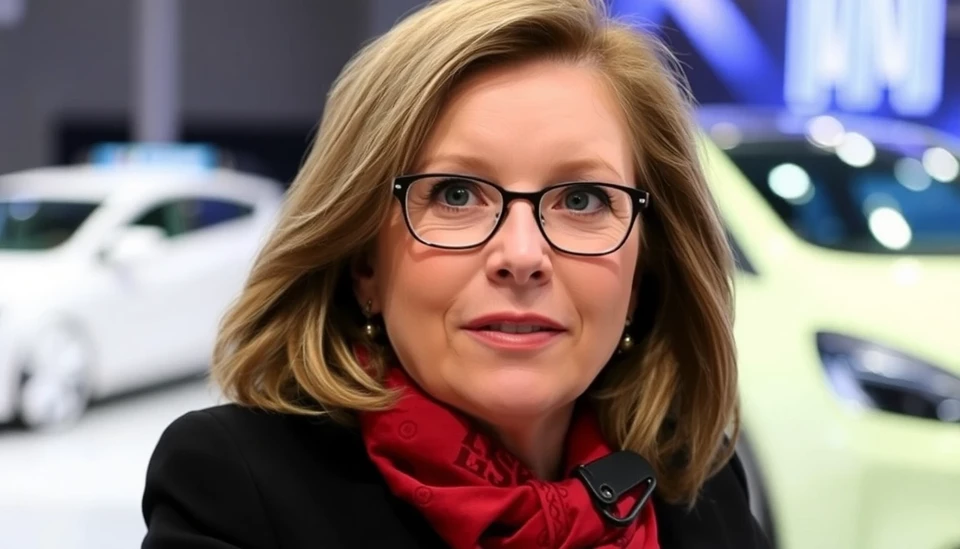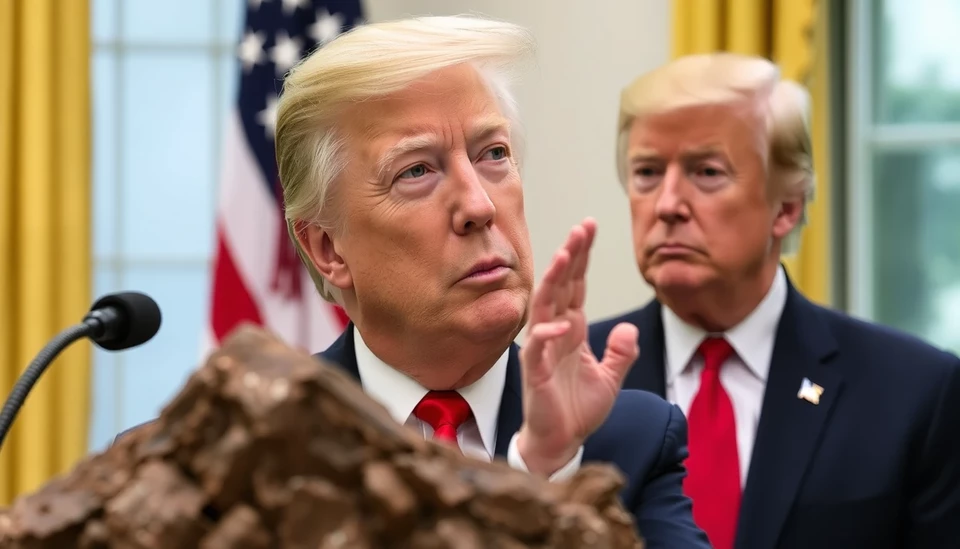
In a bold and transformative move, General Motors (GM) is allocating a staggering $35 billion to accelerate its foray into the electric vehicle (EV) market. This audacious investment signifies a commitment to transitioning from traditional combustion engines to fully electric models, aimed at propelling GM into a leading position within the evolving automotive landscape.
As environmental regulations tighten and consumer preferences shift towards sustainability, the automotive industry faces a pivotal moment. GM's CEO, Mary Barra, believes that this massive financial commitment will enable the company not only to catch up with competitors in the EV sector but also to redefine the future of transportation. The plan is centered around launching more than 30 new electric models by 2025, with ambitious sales targets that aim to dominate the EV market.
Barra's leadership and vision have been instrumental in steering GM through this crucial transition. The company is investing in organic growth by developing new EV technologies and battery production capabilities while also exploring partnerships and acquisitions to bolster its position in the market. Notably, GM is focusing on reducing costs related to battery production, which constitutes a significant portion of the overall vehicle price, thus aligning itself with consumers’ price sensitivities while enhancing market competitiveness.
General Motors is not merely following market trends; it is actively shaping them. The company has committed to a fully electric future, pledging to phase out gas-powered vehicles entirely by 2035. This strategic pivot places GM at the forefront of automakers aiming for zero-emissions transportation, a goal that resonates well in a world increasingly concerned about climate change and sustainability.
The pathway is not without challenges, however. The shift to electric vehicles demands substantial changes in manufacturing processes, supply chain dynamics, and workforce skills. GM is investing in re-skilling employees and adapting its manufacturing plants to handle the different requirements of EV production. Furthermore, the volatile prices of raw materials necessary for battery production, including lithium and cobalt, present additional hurdles that the company must navigate as it embarks on this ambitious journey.
Barra's strategy also encompasses a strong push for software integration within vehicles, aiming to enhance the overall user experience and generate new revenue streams through services such as connected features and autonomous driving capabilities. This focus on technology positioning is essential, as the automotive industry increasingly merges with tech innovation.
As GM ramps up its EV production, it is also exploring the establishment of a robust charging infrastructure to support its electric models. Recognizing that consumer adoption of electric vehicles is heavily influenced by the availability of charging stations, GM is working on partnerships with various stakeholders to facilitate an ecosystem conducive to EV ownership.
The ambition behind Barra's leadership and GM's strategic investments is clear: to secure a significant foothold in the rapidly expanding electric vehicle market while driving the car manufacturer's growth and securing its relevance for years to come. With a focus on sustainability, innovation, and consumer satisfaction, General Motors is poised to shape the future of mobility.
As the automotive industry evolves, the spotlight will be on GM to see if this $35 billion bet on electric cars pays off, not just in the metrics of sales but in establishing a greener and more sustainable world for future generations.
#ElectricVehicles #GM #MaryBarra #Sustainability #Innovation #EVMarket #AutomotiveIndustry #GreenEnergy #FutureOfTransportation
Author: Victoria Adams




